Böttcherstraße is honestly one of Bremen’s can’t-miss spots, where Expressionist art, wild brickwork, and hands-on craftsmanship all come together in one quirky, compact street. When I wandered down this lively lane, I didn’t just see beautiful buildings—I felt the city’s culture and history pulsing through museums, workshops, and the hum of busy cafes.
The Glockenspiel’s chimes floated through the air as I explored, making the whole experience stick in my memory. Every few steps, there was something new—local shops, curious artworks, and that unmistakable old-town Bremen vibe.
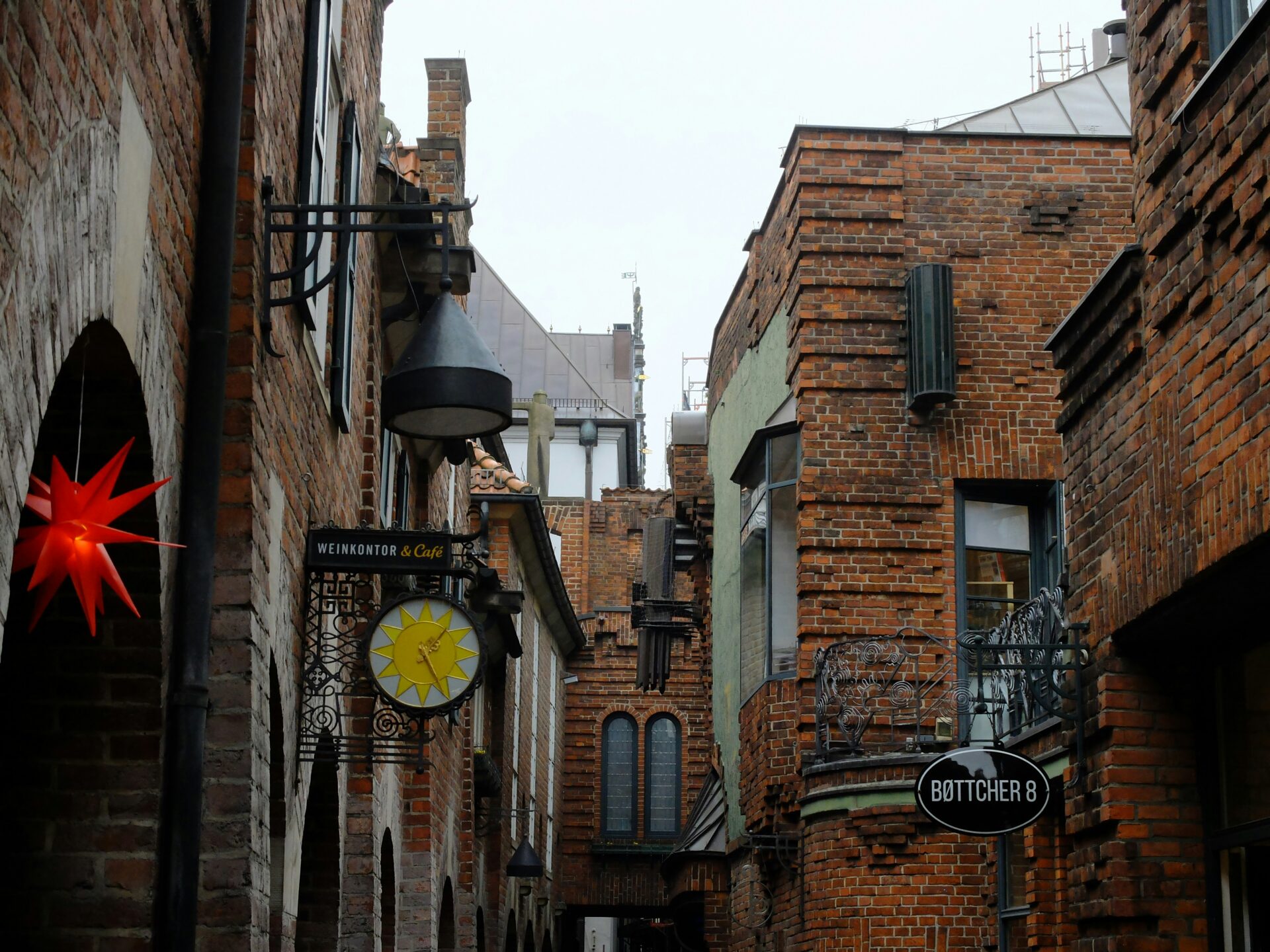
The Origins and History of Böttcherstraße
Böttcherstraße isn’t just a short stretch of road. It’s a story of bold ideas, dramatic changes, and the ups and downs of Germany’s past century.
The Vision of Ludwig Roselius
Ludwig Roselius, a Bremen coffee merchant, had this wild idea to turn Böttcherstraße into a living gallery of art and culture. Back in the early 1920s, he bought up a bunch of crumbling old buildings along the narrow street.
He brought in architects to reimagine the place in the spirit of Expressionism—all those bold lines and dramatic shapes. Roselius wanted modern artistic ideas to mix with Bremen’s historic charm.
He made the Roselius House the heart of the street and set it up as one of the city’s first private museums. Artists and craftsmen got involved, creating one-of-a-kind pieces. It was urban renewal, but with a creative twist.
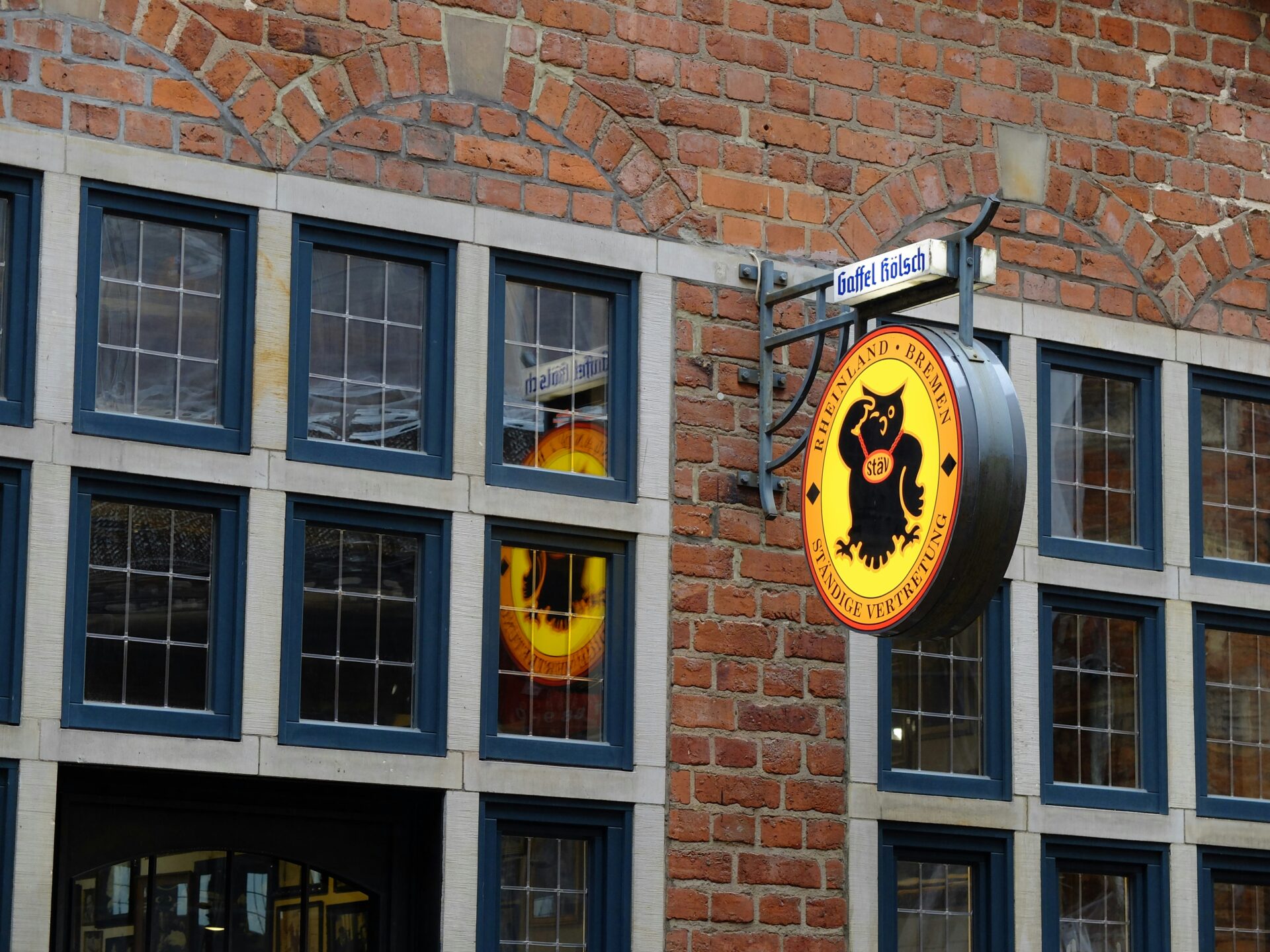
Historical Transformation and Restoration
When Roselius got started, Böttcherstraße was just a shabby alley. He and his team rebuilt almost every building from the ground up.
Some of the biggest changes:
- Swapped out old timbered houses for striking red brick facades
- Added reliefs, sculptures, and cool custom ironwork
- Brought in shops, museums, and art galleries
By the 1920s and 30s, the street was already buzzing with cultural energy. Restoration work kept the arts and crafts at the heart of it all.
Even as Bremen changed around it, regular upkeep has kept Böttcherstraße’s character intact.
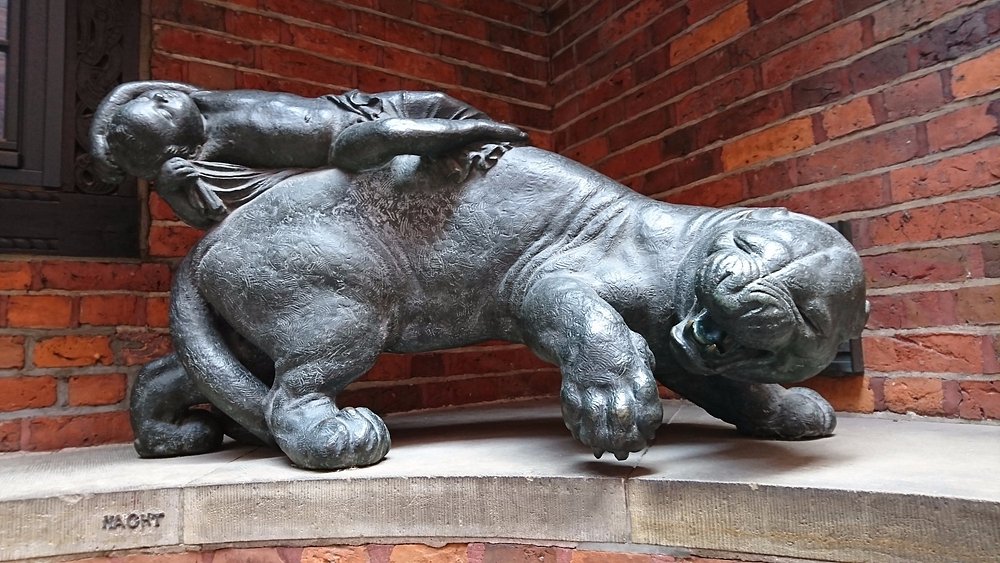
Böttcherstraße During National Socialism
During the Nazi era, Böttcherstraße’s Expressionist style ruffled feathers. The regime slammed the architecture, calling it “degenerate art.” Still, Roselius’s business ties gave the street some protection.
Some Nazi officials pushed to tear it down or force it into bland, approved designs. Roselius made a few small changes to keep the peace, but he mostly managed to hold onto his vision.
It must’ve been tense—trying to keep art alive in such a threatening climate. Despite it all, most of the original features survived.
World War II and Preservation Efforts
World War II hit Bremen hard, and Böttcherstraße didn’t escape. Bombs damaged several buildings, including parts of the Roselius House.
After the war, dedicated teams jumped in to restore the street. They used old plans and photos to rebuild sculptures, facades, and mosaics.
Restoration focused on honoring Roselius’s vision and the street’s artistic legacy. What you see today is really the result of all that careful postwar work.
By saving both the buildings and the art, Böttcherstraße became a symbol of Bremen’s resilience and creative spirit.
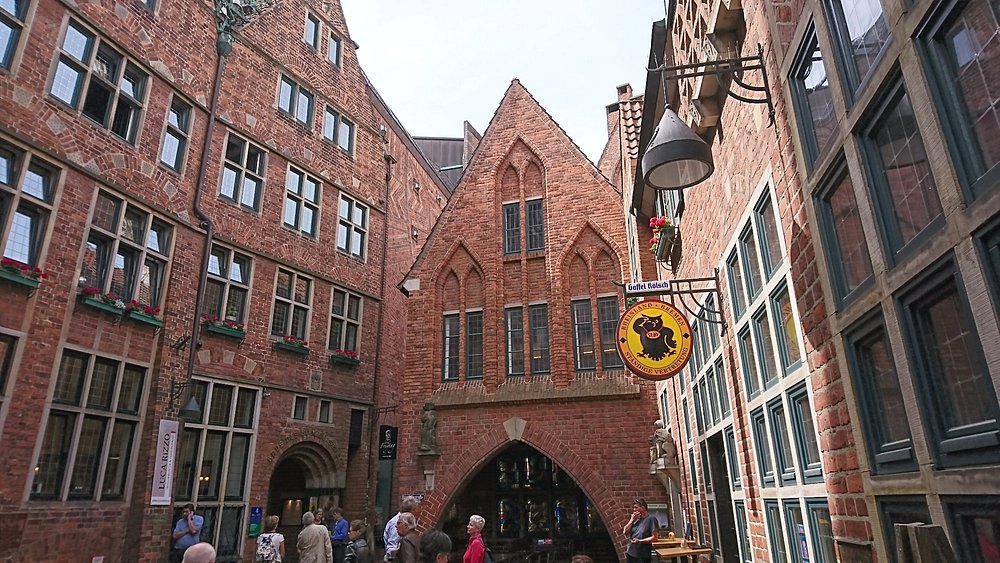
Architectural Marvels and Artistic Expression
Böttcherstraße is basically a playground for Expressionist architecture and imaginative artwork. Every few steps, I noticed details and buildings you just don’t find anywhere else in Bremen.
Expressionist Architecture and Brick Expressionism
The street’s architecture is all about those bold red bricks, shaped into sharp angles and wild forms. That’s classic brick expressionism.
Curved facades, dramatic arches, deeply carved reliefs—they’re everywhere. The Expressionist movement wanted emotion and creativity, not just symmetry.
Architect Bernhard Hoetger shaped much of the street’s look. He mixed playful shapes with practical spaces, so the street feels like a walk-through sculpture garden.
Here’s a quick rundown of the standout features:
| Feature | Style | Example Building |
|---|---|---|
| Red Brick | Brick Expressionism | Most facades |
| Geometric Forms | Expressionism | Paula Modersohn-Becker Museum |
| Relief Sculptures | Artistic Detailing | Facades, archways |

Iconic Landmarks: Haus Atlantis and Glockenspiel House
Haus Atlantis jumped out at me right away with its deep blue glass and intricate brickwork. Built in the late 1920s, it somehow feels old and futuristic at the same time. Inside, you’ll find exhibits about Bremen’s history and humanity in general.
Just a stone’s throw away, the Glockenspiel House is impossible to miss—especially when its 30 Meissen porcelain bells start ringing. The sound fills the street, and above, a rotating panel shows Bremen’s legendary explorers.
Both buildings turn architecture into performance, blending sound, story, and art in a way that keeps Böttcherstraße buzzing.
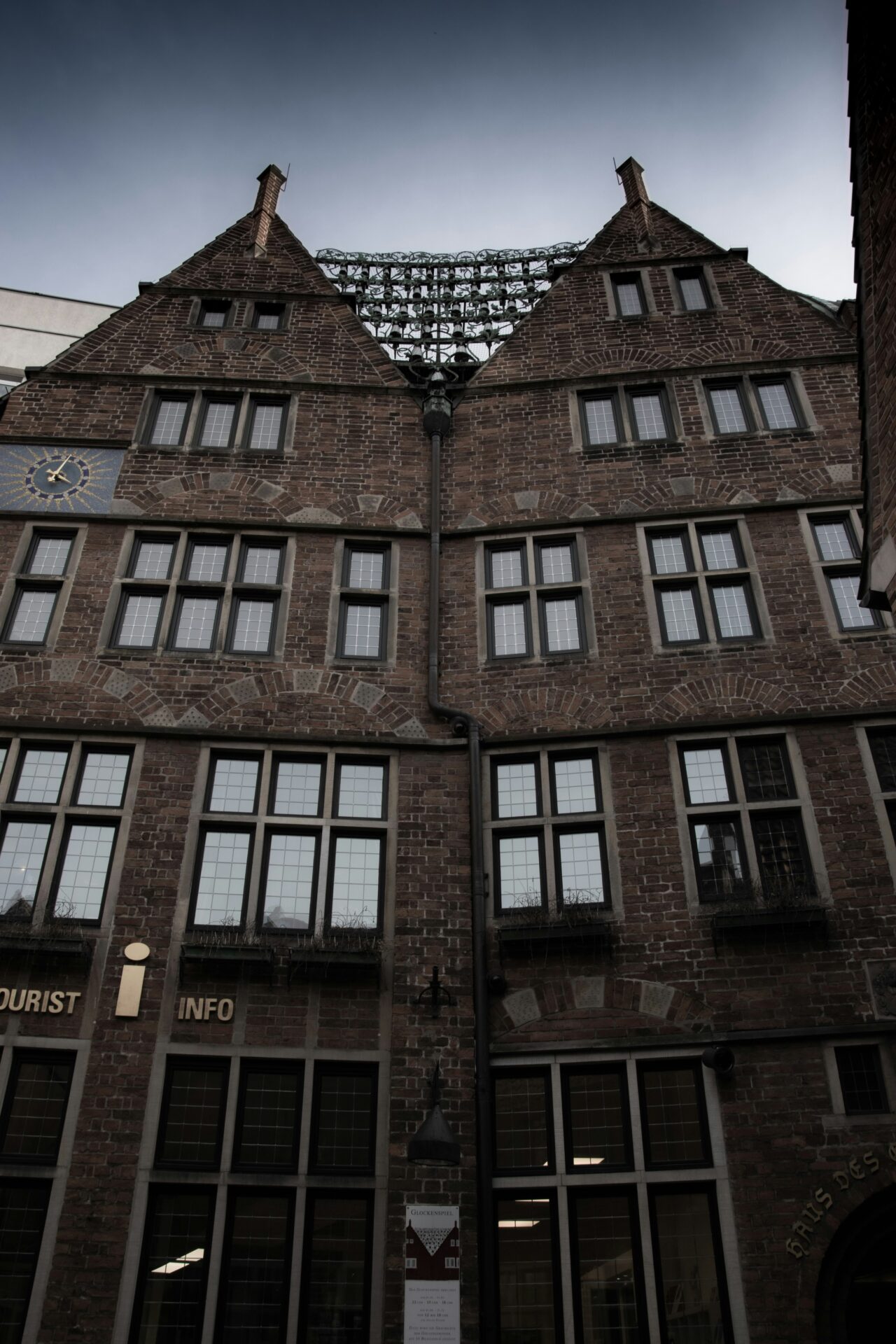
The Lightbringer and the Fountain of the Seven Lazy Brothers
Public art is everywhere on Böttcherstraße. I couldn’t help but stare at “The Lightbringer” sculpture above an archway. It’s a fierce angel with a sword and torch, meant to guard the street and celebrate creativity. Hoetger made it in the 1930s, and it fits right in with the street’s expressive vibe.
I also found the Fountain of the Seven Lazy Brothers—a cheeky bronze fountain based on a Bremen folk tale. Each brother lounges in a funny pose. It’s a favorite photo spot and adds a splash of humor to the street’s artsy side.
Craftsmanship and Arts & Crafts Workshops
Small workshops line Böttcherstraße, and you can watch artisans at work. Some focus on ceramics, glass, or woodwork. Their hands keep Bremen’s craft traditions going strong.
A few shops let you peek behind the scenes and see how things are made. You can pick up authentic, handmade pieces—not your typical souvenirs.
Sometimes, you’ll find workshops or demos, which make the whole place feel interactive. The mix of hands-on skill and bold design is what gives Böttcherstraße its special charm.

Museums and the Legacy of Art
Böttcherstraße is packed with art museums and galleries, each telling its own story. There’s a blend of historic collections and bold modern art, all tucked into eye-catching buildings.
Paula Modersohn-Becker Museum: Pioneering Female Artist
I kicked off my museum tour at the Paula Modersohn-Becker Museum. Since 1927, it’s honored one of Germany’s most important female painters, known for her strong portraits and early expressionist style.
The building, designed by Hoetger, is a piece of art itself—unique brickwork, geometric shapes, and all. Inside, I wandered through paintings, sketches, and personal mementos that brought Paula’s story to life. The museum often spotlights women artists and expressionism.
Paula painted at a time when women rarely got recognized in the German art world. Her bold colors and direct style still feel fresh today. Her self-portraits and scenes of daily life have a quiet power. This museum, by the way, was the world’s first dedicated to a female artist.
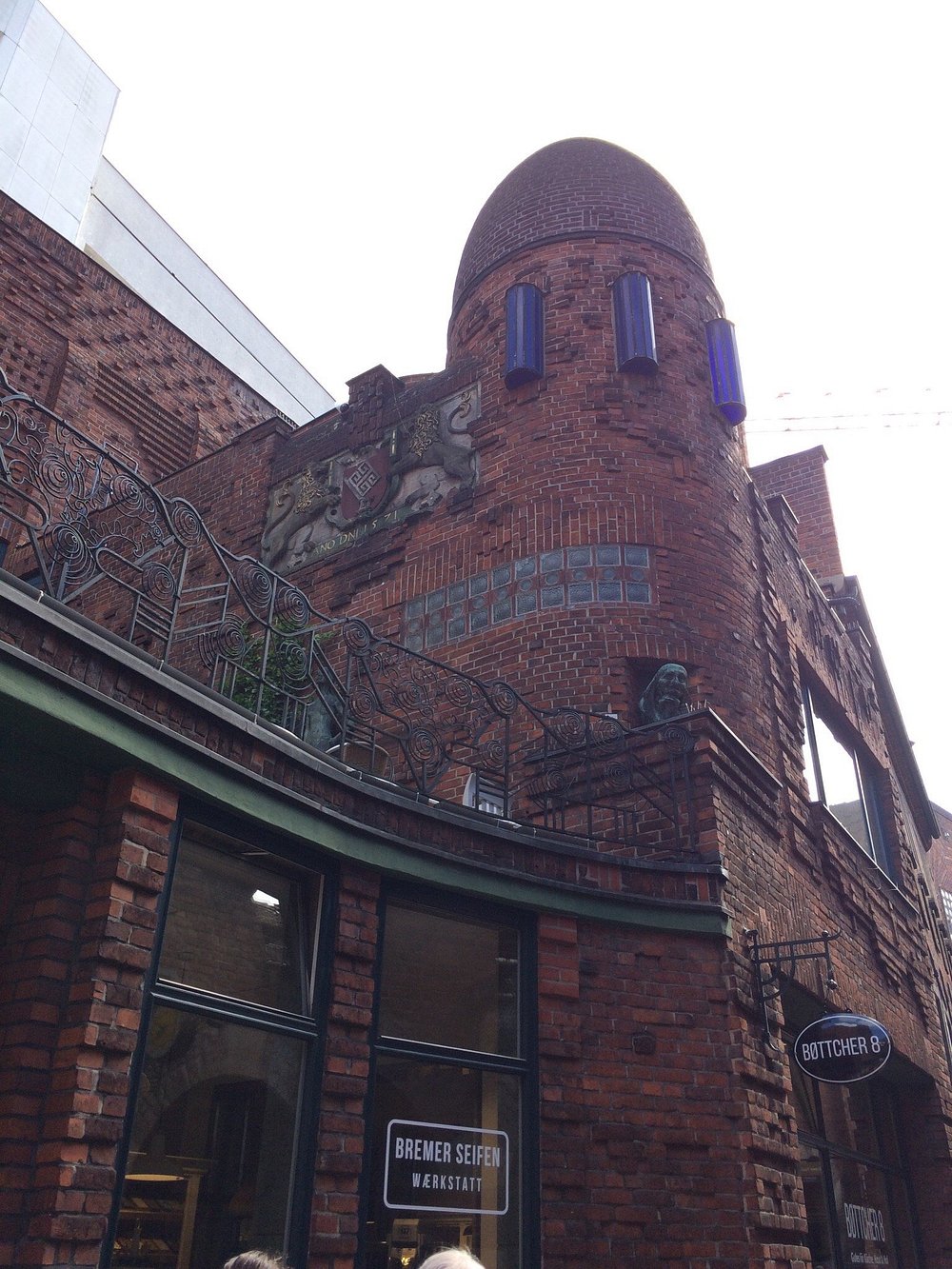
Ludwig Roselius Museum and the Roselius House
Next up, I explored the Ludwig Roselius Museum inside the beautifully preserved Roselius House. This 16th-century home oozes old-world charm with its timber beams and dark wood.
Roselius, the coffee tycoon behind Böttcherstraße’s transformation, collected art, antique furniture, and rare objects. The museum displays medieval and Renaissance paintings, silver pieces, clocks, and religious treasures.
Walking through the rooms, I got a sense of what life was like for Bremen’s merchant families centuries ago. They’ve done a great job keeping the house’s historic feel while showing off its treasures. It’s a quiet window into Bremen’s trading history.
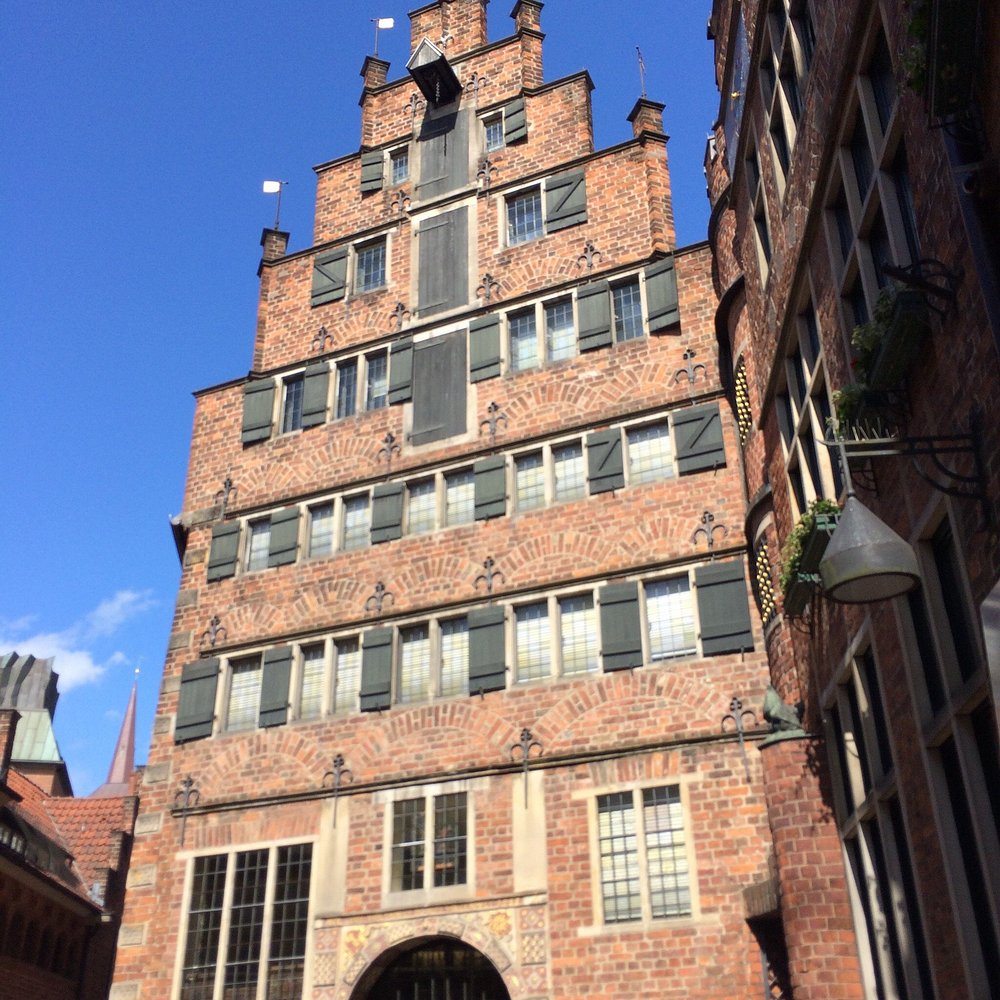
Robinson Crusoe House and Its Stories
A little further down, I ran into the Robinson Crusoe House. Roselius named it after Defoe’s famous character, claiming Crusoe’s name had Bremen roots.
Built in 1931 by Roselius and designed by Hoetger, the building mixes expressionist flair with old Bremen style. The brick patterns and quirky windows definitely stand out.
Inside, the Robinson Crusoe House hosts offices, cultural spaces, and art exhibits focused on travel and adventure. I found displays about global exploration, plus special collections of African and Asian art. It’s a cool blend of literature, history, and discovery.
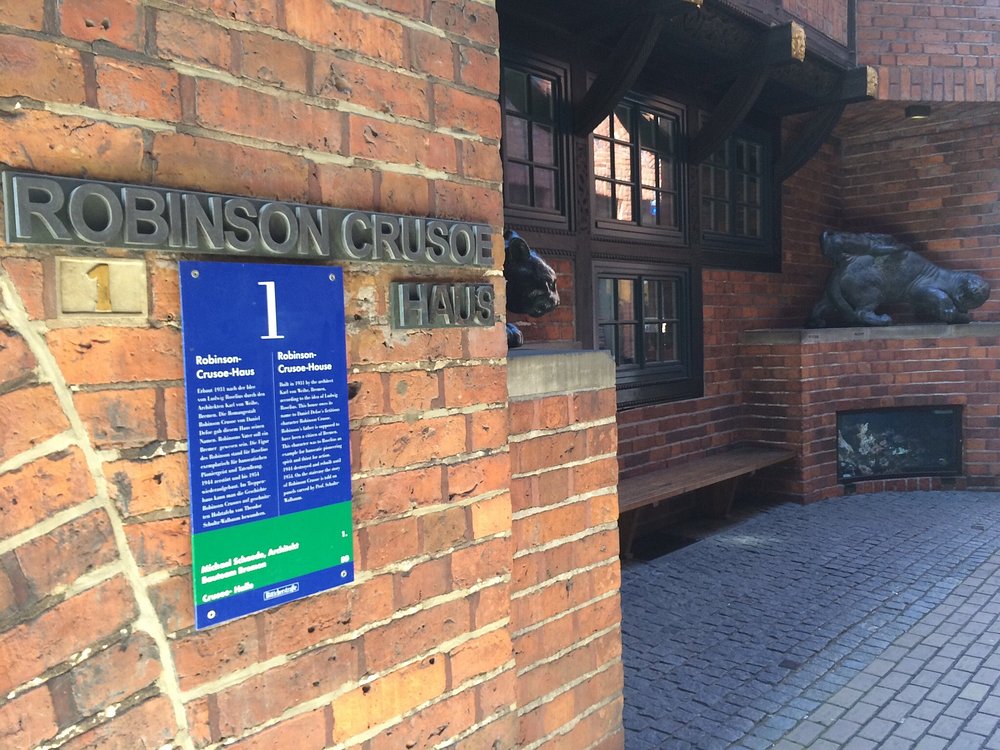
Museen Böttcherstraße and Other Art Museums
All the museums along Böttcherstraße—known together as Museen Böttcherstraße—make up one of Bremen’s top cultural draws. These include the Paula Modersohn-Becker Museum and the Ludwig Roselius Museum.
There are always fresh exhibitions on expressionist art, sculpture, and architecture, many linked to Hoetger. I even tried a 3D virtual tour, which let me explore museum spaces online and zoom in on the details.
Many museums share their collections digitally, too, so people worldwide can dive in thanks to platforms like Google Arts & Culture. Böttcherstraße’s museums really mix history, design, and new tech for visitors of all kinds.

Sounds and Experiences: The Chiming Glockenspiel
The Glockenspiel House pulls in crowds with its musical display and detailed craftsmanship. Its carillon, made from Meissen porcelain bells, pairs sight and sound for a one-of-a-kind experience.
History of the Carillon and Meissen Porcelain Bells
The Glockenspiel House’s carillon features 30 delicate bells crafted from Meissen porcelain—a material prized for its clarity and beauty since the 1700s. The bells were made to ring out pure, melodic notes that echo down the street.
They installed the carillon in the early 20th century, and it quickly became a landmark in Bremen’s Old Town. The building itself is another brick Expressionist gem, carefully rebuilt after wartime damage.
Above the bells, you’ll see wooden panels that rotate to reveal moving scenes of famous explorers and aviators. Art, history, and sound all come together here.
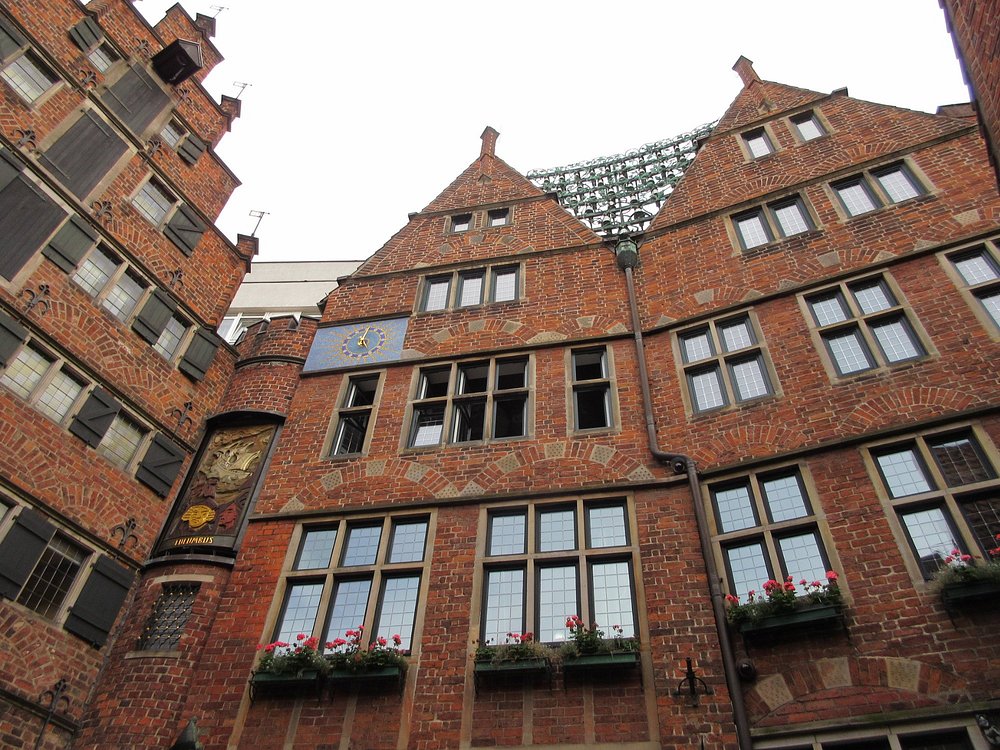
Daily Performances and Viewing Tips
The Glockenspiel plays several times a day, usually right on the hour. Each show lasts about eight minutes. I’d suggest showing up a bit early if you want a good view of the moving panels.
The best spot to listen is right in the narrow street below—the sound bounces off the walls and wraps around you. If you’re visiting during busy times, expect a crowd, so arriving early pays off. No tickets are needed; it’s free and open to everyone.
If you’re into photos or video, the rotating explorer panels add a fun visual element. Watching the bells and figures in motion is a highlight, and it’s easy to capture from the cobblestones of Böttcherstraße.

The Tale of the Seven Lazy Brothers
Right above the Glockenspiel House, there’s another quirky sight: the House of the Seven Lazy Brothers. Locals love to share the old Bremen story about these brothers, who supposedly had a reputation for being, well, not the hardest workers around.
But the story takes a turn. The brothers left Bremen, wandered the world, and came back with all sorts of new skills and ideas. Their journey kind of flips the script—it suggests that you don’t always have to stick to the rules to succeed. Sometimes, experience and a bit of boldness get you further than just following orders. This tale really weaves itself into Bremen’s cultural identity.
The House of the Seven Lazy Brothers sits right next to the Glockenspiel House, so this stretch of Böttcherstraße feels packed with legend and a dash of mischief. Statues and plaques tell their story, giving the street a playful, almost whimsical vibe. It’s hard not to smile at the creativity that runs through this place.
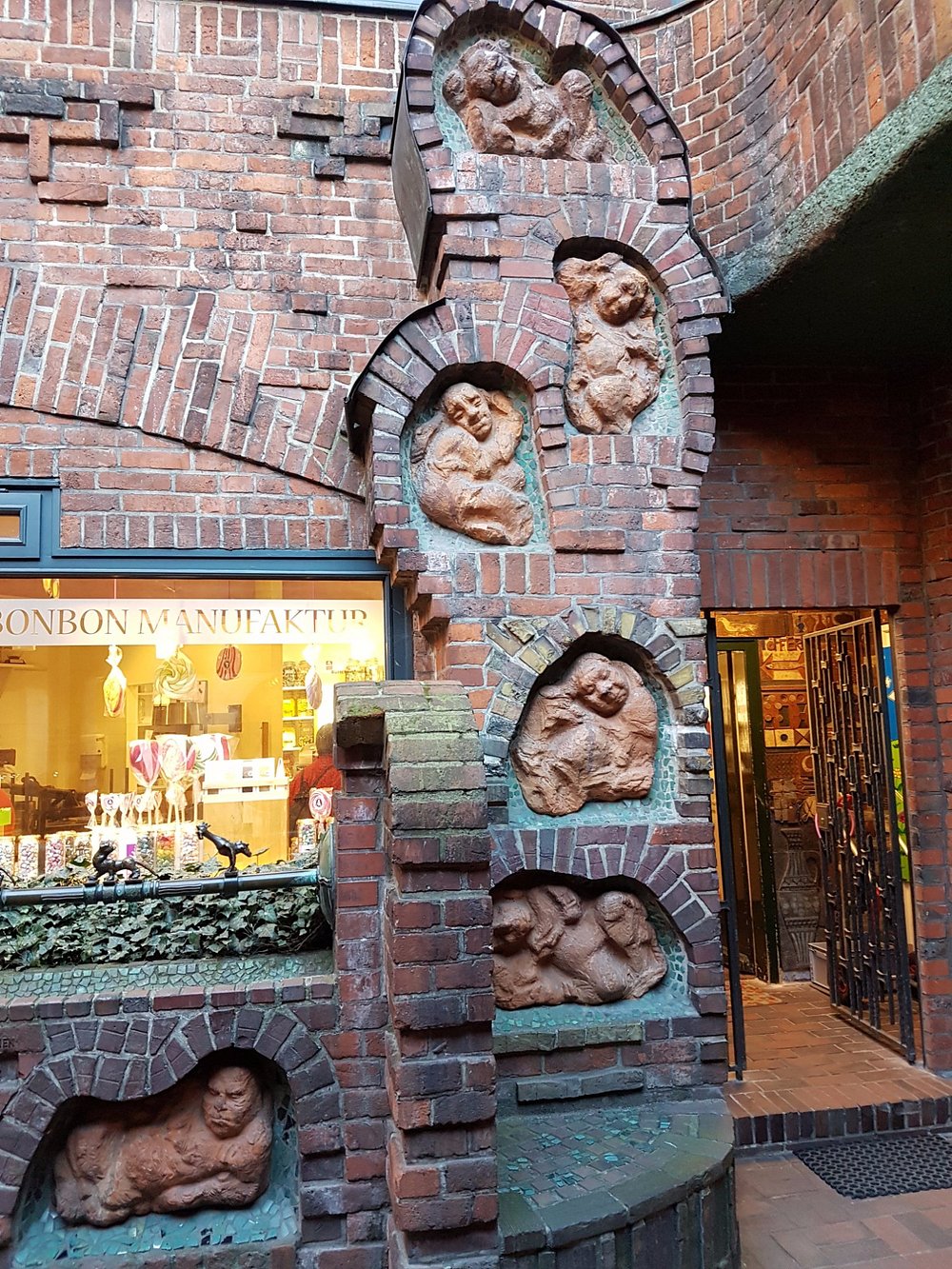
Shops, Cafés, and the Spirit of Commerce
If you’re anything like me, you’ll find yourself stopping every few steps along Böttcherstraße. There’s always something handmade or unexpected in the windows. Specialty shops and tiny cafés call out, offering a taste of Bremen’s creative energy and a chance to support the folks who keep old crafts alive.
Artisan Shops and Unique Souvenirs
As I wandered, I spotted small artisan shops nestled in those classic brick buildings. Each one felt different. Some focus on handcrafted jewelry, others on pottery, art, or even locally made toys.
One shop had these wooden figures—each one painted by a local artist, so no two looked the same. Another place showed off silver jewelry with patterns that echoed the street’s architecture. These aren’t your run-of-the-mill souvenirs. They actually feel like pieces of Bremen you can take home.
What’s even better, you often get to chat with the artists or shop owners. Sometimes you’ll catch them working right there in the shop. It makes the whole experience feel personal, and honestly, it’s a good reason to skip the airport gift shop and pick up something real.
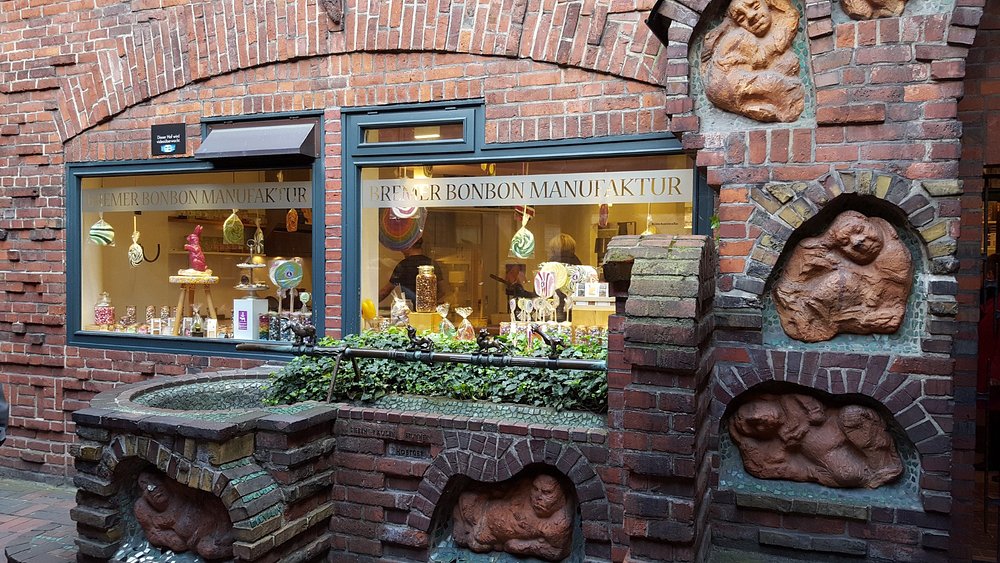
Historic Cafés: Kaffee Hag and Tee Culture
Cafés here aren’t just about grabbing a quick coffee. Böttcherstraße has deep ties to Kaffee Hag, Bremen’s iconic coffee brand, and you can feel that history in the air. I ducked into a little café crammed with vintage Kaffee Hag posters and old coffee tins—it was like stepping back in time.
Coffee’s the star, but tea lovers aren’t left out. Most cafés serve a solid selection of teas, and you’ll find fresh pastries and Bremen cakes stacked behind the counter. Locals linger over their drinks, reading the paper or chatting, while visitors like me try new blends and soak up the scene.
There’s a relaxed rhythm here. It’s easy to picture merchants from a century ago, meeting over strong coffee to talk shop and swap stories. The old-world charm just seeps into your bones.

Commerce and Modern-Day Attractions
Böttcherstraße owes a lot to Ludwig Roselius, the coffee merchant who shaped its character. Shops and cafés still give the street its pulse, but there’s more to it than just commerce.
Expressionist architecture bumps up against modern boutiques. One day you might stumble into a designer store, the next you’re browsing handmade crafts or catching a pop-up art show. Some shops even host events or small exhibitions—there’s always something going on.
I loved how the past and present blend here. While I browsed for gifts, I heard the Glockenspiel’s chimes echo down the alley, pulling in curious visitors. Around here, shopping feels less like a chore and more like joining in on Bremen’s creative story.

Exploring Böttcherstraße: Guided Tours and Culture
Böttcherstraße surprised me. Art, history, and daily life all collide in the best way. Guided tours, traditions, and those close connections to Bremen’s landmarks make this spot a little treasure trove for anyone who loves to mix learning with a bit of fun.
Walking Tours and Visitor Tips
Guided walking tours focus just on Böttcherstraße, and I’d really recommend one if you’re curious about the street’s secrets. I signed up for a tour—about 15 euros—and our guide wove together stories about the art, the history, and Ludwig Roselius himself.
We paused at those wild expressionist buildings (most designed by Bernhard Hoetger) and got the inside scoop on the statues and mosaics. Of course, we spent a good chunk of time at the Glockenspiel House, timing our visit to catch the musical chimes.
Visitor Tips:
- Tours sell out fast, so I booked mine online before arriving.
- The cobblestones can be rough, so comfy shoes are a must.
- Bring your camera—the details on the buildings and sculptures are worth capturing.
Most tours start near the market square entrance and last about an hour. If you’re more of a solo explorer, you can grab an audio guide or a leaflet and wander at your own pace.

Events, Festivals, and Cultural Activities
This street never really slows down. Festivals, exhibitions, and performances fill the calendar. On my last walk through, I stumbled into a small art show, and the street was decked out for a seasonal festival.
Craft markets and concerts spill into the courtyards, especially around the holidays. The Museen Böttcherstraße keep things lively with workshops and regular programs. The Glockenspiel draws crowds every time it plays, its tunes bouncing off the old brick walls.
You’ll find:
- Art Exhibitions featuring both local and national artists
- Seasonal Markets—Christmas and Easter are big here
- Music Events like choral evenings and those charming bell concerts
Food gets its moment, too. Culinary events celebrate Bremen’s traditional dishes and coffee culture, adding a delicious twist to the street’s already irresistible charm.

Connections to Bremen’s Market Square and Weser River
I love how Böttcherstraße sits right between two of Bremen’s highlights: the market square and the Weser River. It’s only about 108 meters long, so you can stroll from one landmark to the other in no time.
Step through the northern entrance, and you’re instantly in the bustling market square. The town hall, Roland statue, and those famous Bremen Town Musicians are all right there.
Head the other way, and before you know it, you’ll reach the Weser River. The riverside’s dotted with cafes and parks—perfect for grabbing a coffee or just soaking in the view.
It’s a route that ties together old-town sightseeing, quirky art, and a bit of riverside chill. I always feel like each spot along the way has its own vibe, but somehow, they’re all woven together by Bremen’s unique spirit.

